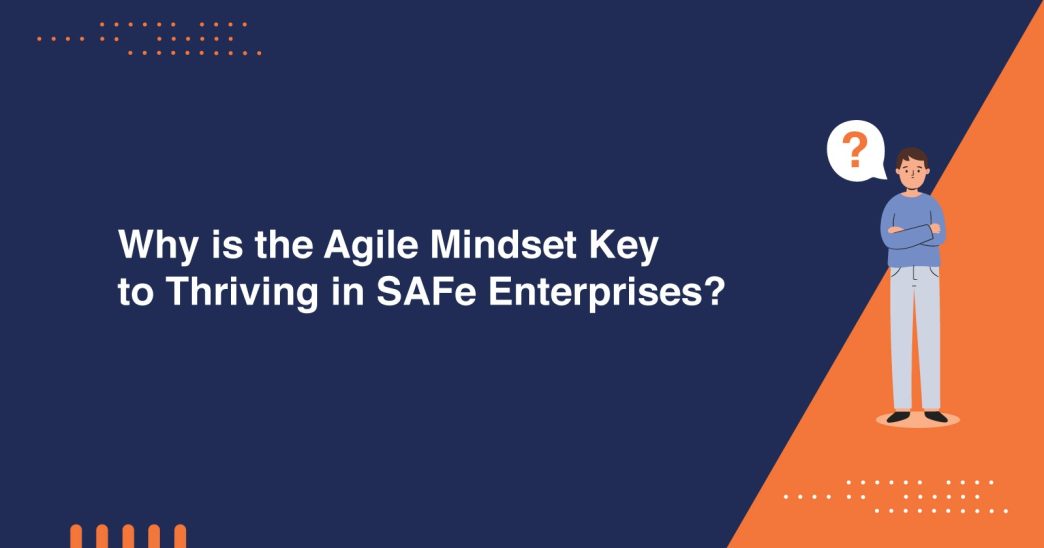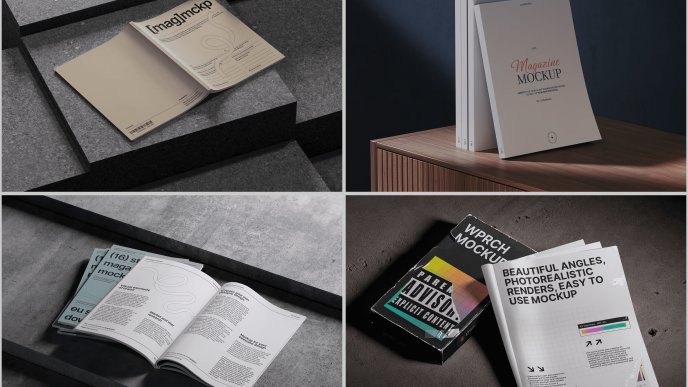The current business is constantly evolving, and businesses need to adapt to the change quickly for their survival, increasing the need for agility. An agile mindset gives both people and businesses better flexibility and adaptability towards change. Developing an agile mindset involves adoption, flexibility, collaboration, and learning to achieve high-performing results. Adapting the methodology in all aspects of work helps the members to work naturally according to the needs of the team.
Change is inevitable in any organisation, and even small adjustments to the existing system make it tough for the teams to adopt, making them resistant to change. Developing an agile approach is perfect in these environments, as it teaches you a way to embrace change.
What is an Agile Mindset?
An agile mindset is an adaptive approach that helps people or teams to adapt to change quickly and be flexible enough to incorporate customer feedback and deliver high-quality products. People with an agile mindset are focused on continuous improvement and enhancing customer value. They look forward to working with independent small teams and collaborating with an interactive network. An agile approach encourages people to work iteratively rather than with strict schedules, allowing continuous improvement.
Why do Industries need to develop an Agile Mindset?
Respond to the Change Faster
In the competitive world, companies need to adapt to change quickly to stay competitive and relevant to the market trends. The team with an agile mindset focuses on adaptability and responds to the changes quickly. It emphasises continuous learning in project management, and agile leaders will quickly develop a strategy to incorporate the latest feedback from the customers. Increased adaptability in an agile environment enforces flexibility to use new data and innovation in project management so that organisations are not left behind.
Enhanced Team Collaboration
A team with an agile mindset will have enhanced and increased collaboration. They are open to taking feedback, even from the stakeholders, and establishing transparency across project management, which in turn enhances problem-solving and innovation skills among the team. Due to increased collaboration between the teams in an agile environment, they can effectively share knowledge and skills, creating a more productive work environment. Choosing the SAFe Agile certification will help the teams foster collaboration culture in an agile environment.
Innovation
An agile mindset in the organisation makes room for innovation. Agile methodologies rely on implementing regular feedback loops, allowing quick corrections to deliver the product as per the evolving needs of the user. The process embraces change naturally, creating an environment for incorporating innovation into the project. It fosters a culture of cross-functional teams, giving diverse perspectives, leading to novel approaches to solving problems. The iterative process in agile project management combats the risk associated with larger releases and allows the teams to experiment with new ideas in a controlled environment.
Quick Decision-making
An agile mindset encourages quick decision-making, allowing the members to prioritise action over analysis. As they work on the iterative approach, they can quickly test solutions, allowing the teams to make informed decisions with real data and feedback from the customers.
Employee Engagement
Visual workflows in the agile environment increase collaboration between the teams. The team will have clarity on project progress and a shared understanding of their everyday roles and responsibilities. Employees can easily spot impediments in project progress. It creates an environment for openness and feedback. Taking regular input from the employees makes them feel valued and engaged. The agile methodology is built around an experimental approach, allowing teams and individuals to contribute the best of their best efforts. The concept of continuous improvement in the agile approach can translate into higher employee engagement in the long term.
Customer Centricity
Delivering the projects as per customer requirements improves customer satisfaction and brings more projects to the organisation. An agile mindset fosters collaboration and brainstorming with the customers and keeps the clients in the loop to understand their needs and respond to their requests quickly. An agile approach can handle uncertainty in projects in the best possible way, as it understands market trends and meets emerging demands. Leveraging an agile mindset, one can integrate customer demands into the business process, improving customer satisfaction.
Efficiency
Embracing agile is a game-changer for any organisation looking to deliver efficient projects. The approach helps the organisations assess what is working for the project and what is not. The teams with an agile mindset can implement feedback loops to identify areas of improvement and celebrate the success of the project.
Conclusion
Developing an agile mindset is a continuous process. One has to involve continuous learning and innovation and stay adaptable to individual requirements so that they can navigate complexities in today’s business environment. An agile mindset empowers teams to collaborate effectively and respond to changing customer requirements, and deliver higher value to the customers. In the era where change is the only constant thing, developing an agile mindset is key for survival in large organisations.











